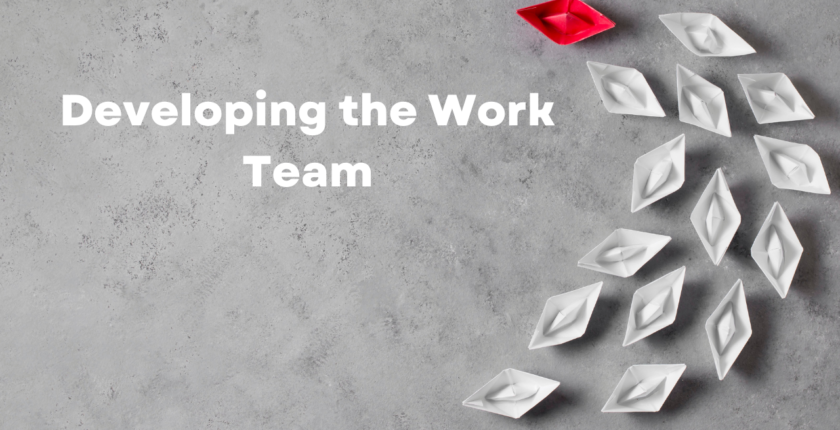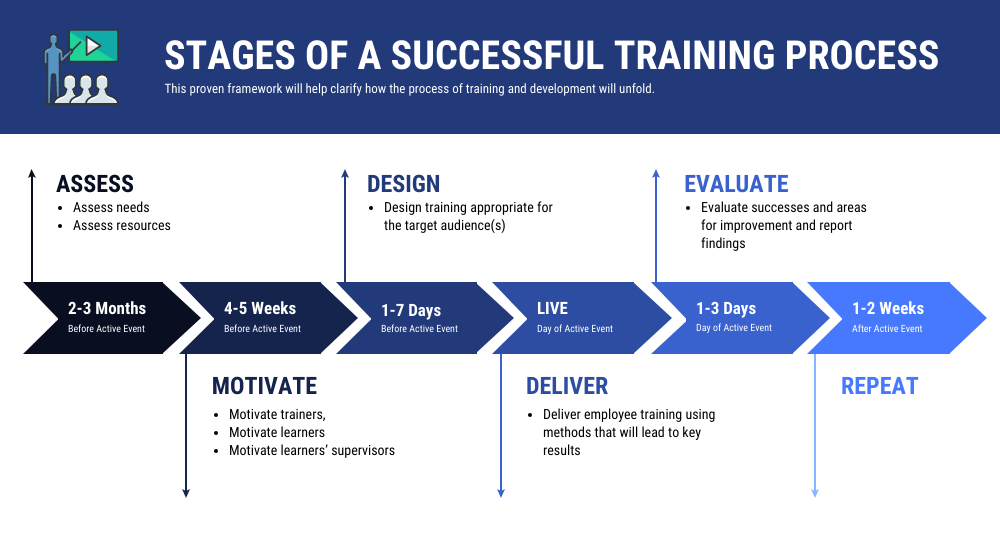Did you enjoy our articles?
Click the order button below to get a high-quality paper.
You can talk to the writer using our messaging system and keep track of how your assignment is going.
Order Now / اطلب الان
The 8000-253 Developing the Work Team unit is a core part of Institute of Leadership & Management (ILM) qualifications. It focuses on how team leaders and supervisors can effectively develop individuals and teams to improve performance, motivation, and productivity.
This unit is particularly relevant for new and aspiring team leaders, supervisors, and junior managers who want to build confident, high-performing work teams aligned with organisational objectives.
The 8000-253 unit equips learners with practical knowledge and skills to:
The unit takes a people-centred leadership approach, emphasising communication, coaching, feedback, and continuous improvement.
By completing this unit, learners are expected to demonstrate the ability to:
These outcomes ensure learners can move beyond theory and apply development practices in real workplace situations.
Developing a work team is essential for both employee engagement and organisational performance. Effective team development helps to:
Well-developed teams are more adaptable, motivated, and capable of meeting changing business demands.

Team leaders must recognise that each team member has different skills, experiences, and learning needs. Development needs can be identified through:
Understanding these needs allows leaders to tailor development activities effectively.

The unit highlights a range of practical development methods, including:
Using a mix of methods ensures inclusive learning and supports different learning styles.
Team leaders play a crucial role in supporting development by:
Supportive leadership helps team members apply new skills effectively in the workplace.
Monitoring progress ensures development activities deliver real value. This may involve:
Regular reviews help sustain continuous improvement and long-term team success.
Assessment for this ILM unit is usually work-based and evidence-driven. Learners may be required to:
Evidence can include workplace examples, reflective statements, professional discussions, or written assignments.
This unit is ideal for:
It is especially valuable for those seeking practical leadership skills rather than purely academic knowledge.
Learners who complete this unit gain:
Organisations also benefit from improved morale, productivity, and leadership capability.
The 8000-253 Developing the Work Team unit provides a solid foundation for effective team leadership. By focusing on individual development, supportive leadership, and continuous improvement, learners gain the skills needed to build motivated, high-performing teams in any organisational setting.
For anyone pursuing an ILM qualification or stepping into a leadership role, this unit is a critical step towards successful people management.
Related Articles:
Click the order button below to get a high-quality paper.
You can talk to the writer using our messaging system and keep track of how your assignment is going.
Order Now / اطلب الان
